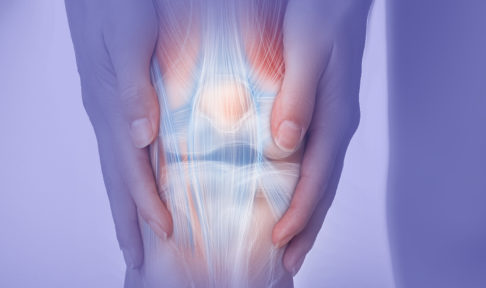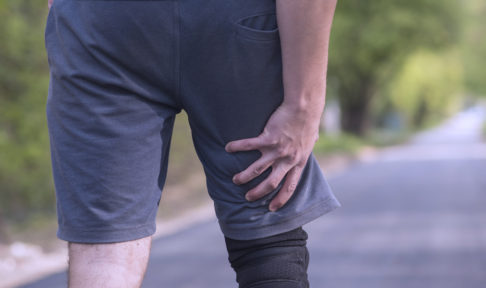When you’ve hurt yourself it might seem like semantics to ask which sort of soft tissue injury you’re suffering from. But understanding the key differences between tendons vs ligaments and, more importantly, what this might mean for your treatment and recovery is key. That’s why we’ve taken the time to unpack it for you here!
First up… what are tendons?
Tendons are soft, fibrous tissues that play the role of connecting your muscles to bones or other structures in the body (for example, your eyeball). A tendon’s main role is to allow the structure it’s attached to move, but also to absorb shock from external forces to the muscle to protect it from injury.
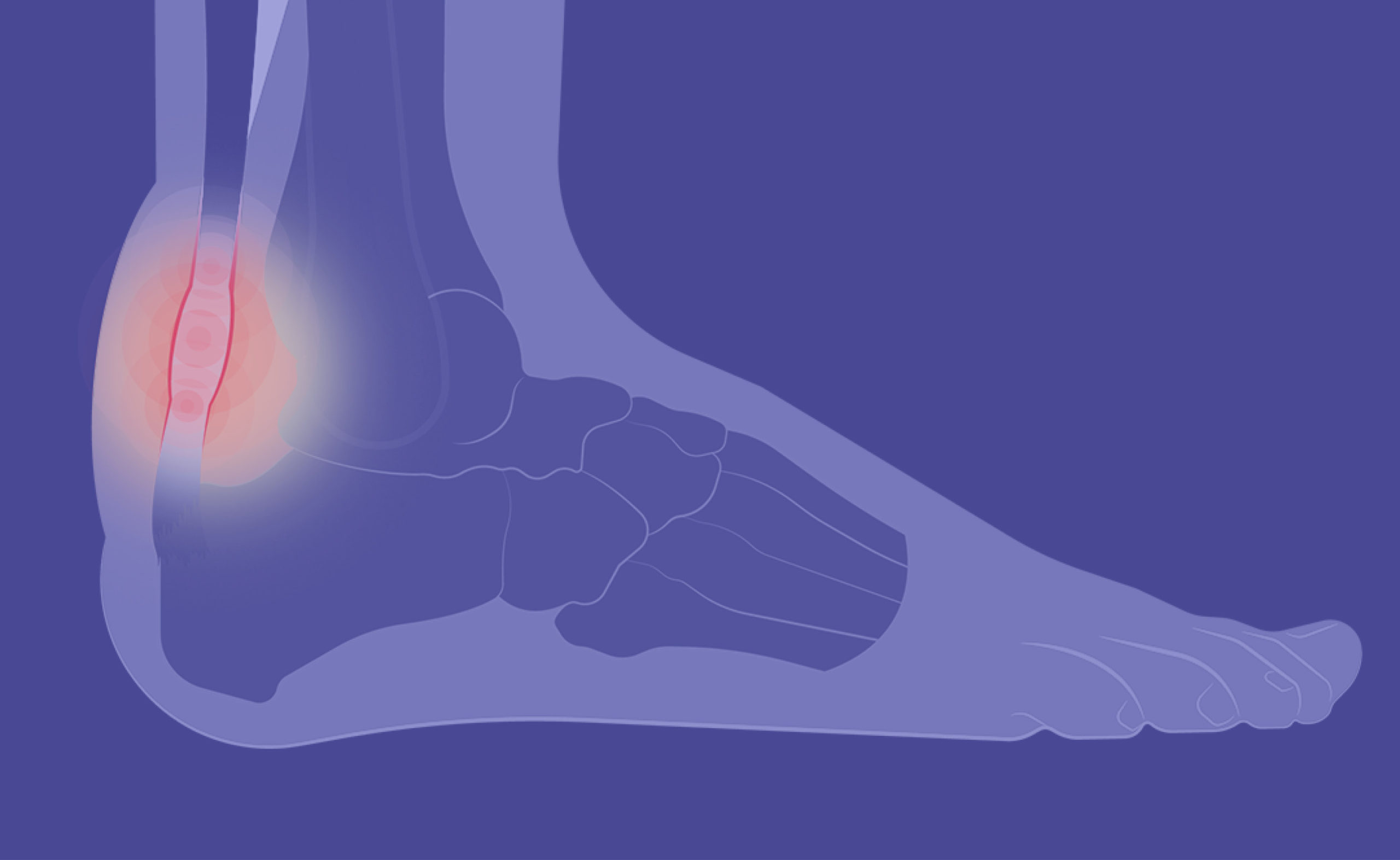
Okay, so then what are ligaments?
Ligaments are also soft, fibrous tissues, but unlike tendons they connect bones with other bones. They play a slightly different role than a tendon, as they mainly exist to hold the bone structure stable and keep everything in place.
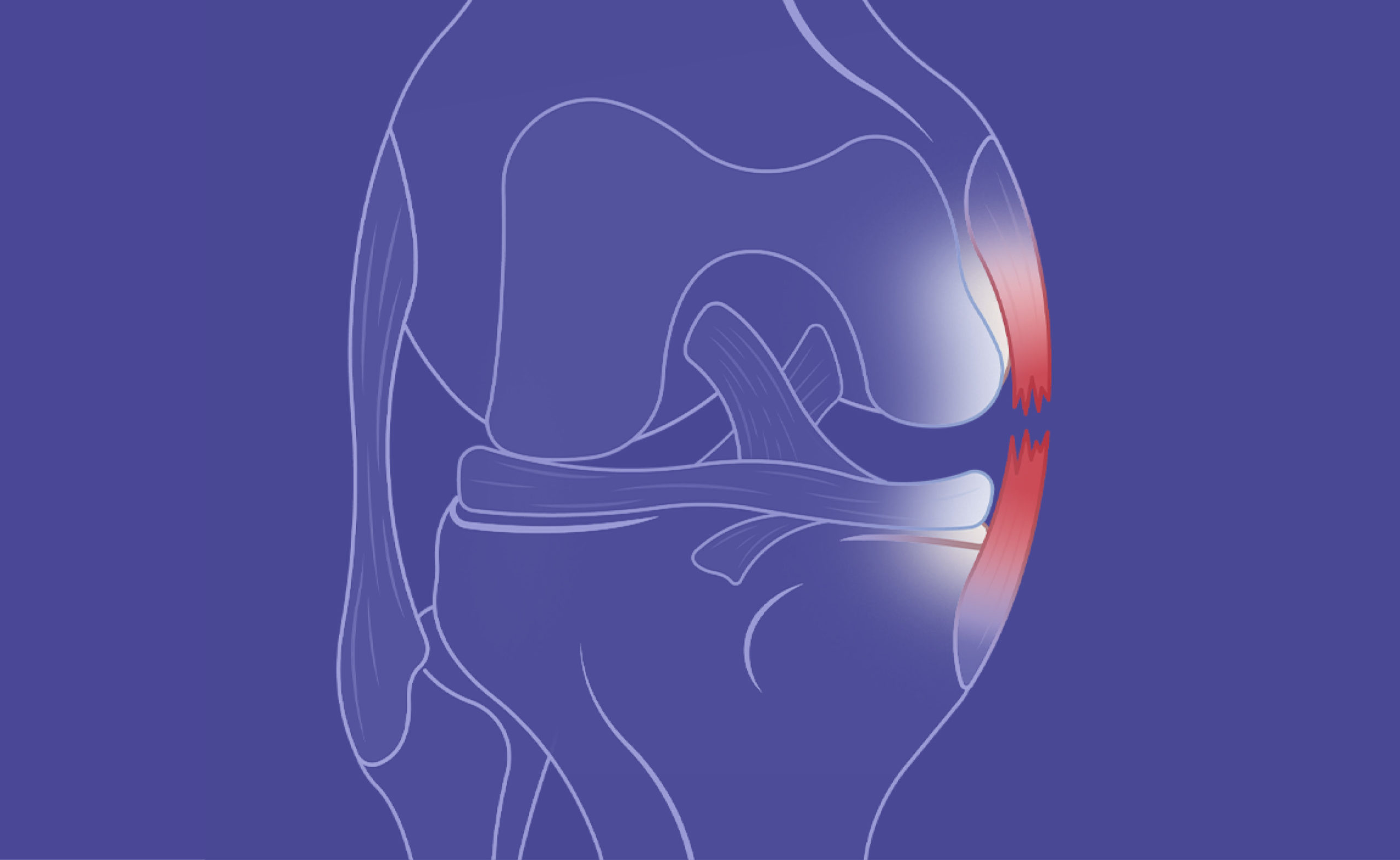
What are the most common issues you’ll have with tendons and how can physio help?
There are a few common ailments that affect our tendons, most notably tendonitis and tendinopathy. While these terms are often used interchangeably or even confused by healthcare professionals, they are actually two different things, which is why you should always come into Spectrum’s London clinic for a proper assessment by a trained musculoskeletal physiotherapist to be sure.
Tendonitis is when one of your tendons becomes inflamed or swollen, normally after some sort of trauma or injury. It will affect your range of movement and can be painful, but a mild case shouldn’t take too long to heal. Tendons don’t have much direct blood flow (if any at all) and so often won’t repair themselves with rest. This is why physio guidance is key in helping correct the possible movement mechanics that caused damage to the tendon and then prescribing altered exercises can help get blood flow back to the tendon to help the healing process.
The main difference between tendonitis and tendinopathy is that tendinopathy isn’t inflammation of the tendon, rather it’s a degeneration of the tendon over time. While both can be caused by overuse or undue stress to the tendon, tendinopathy can also be caused due to ageing.
For all tendon injuries, our GameReady Ice/Compression unit can get into deeper areas than a standard ice pack, helping reduce the inflammation much faster. Shockwave therapy is another really common treatment for most tendon-based injuries, as it helps to safely stimulate new blood vessels in the tendon to speed up the natural recovery process of the damaged tissue.
If the muscle attached to the tendon needs loosening up, we may also use the TENS machine to increase mobility and movement in the tendon. Manual manipulations, mobilisations and some guided exercises may also be required to help you regain full movement of the tendon and affected muscle.
The main differences in the treatment processes for the two conditions will likely be how long the tendon takes to heal. Once the inflammation is under control with tendonitis, you should start to feel pretty good quite quickly, whereas tendinopathy can take a little more time, as the treatment will skew more towards trying to rebuild strength and mobility.
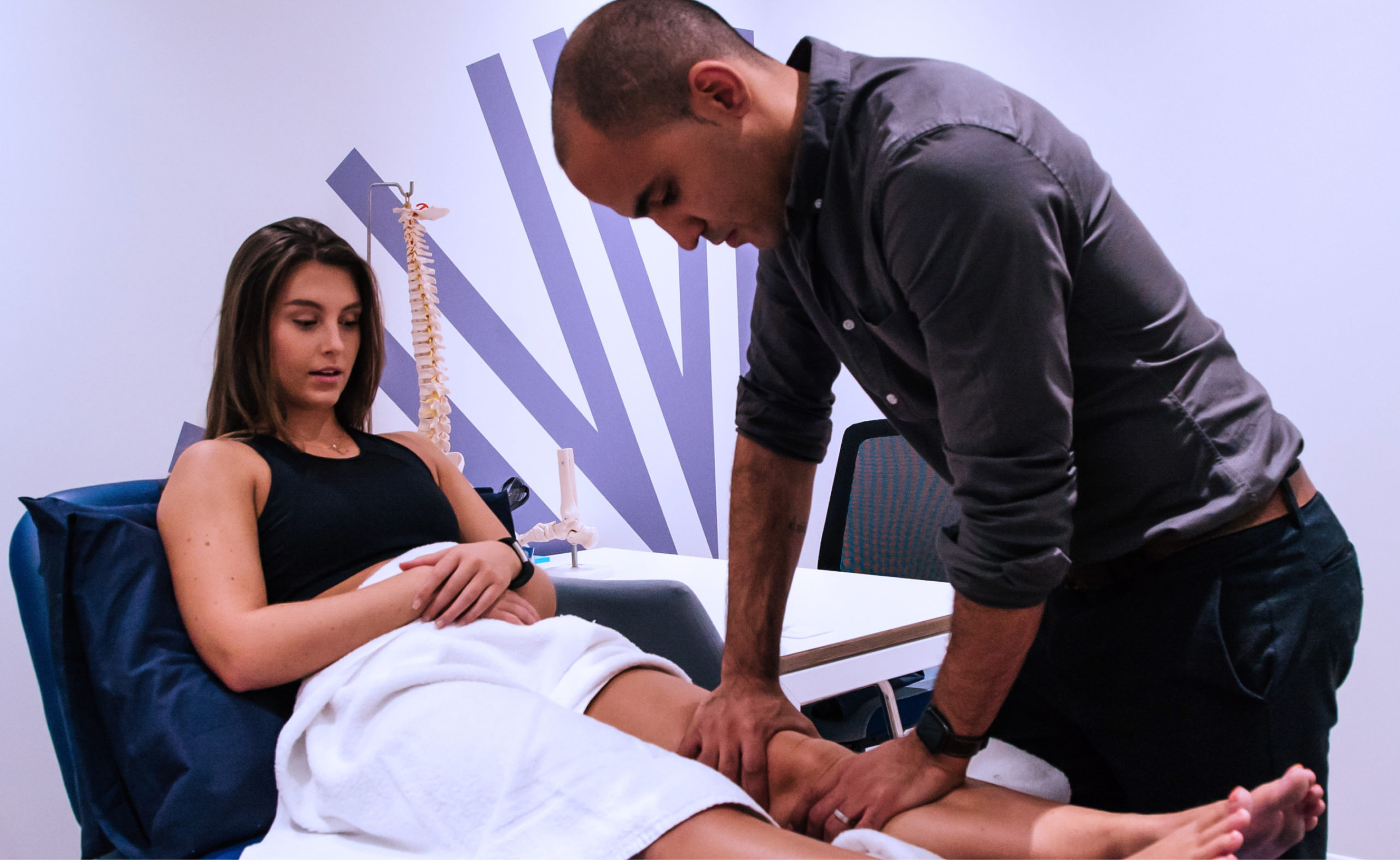
What are the most common ligament injuries, and can they be cured via physio?
While most tendon issues stem from either inflammation or degeneration, the most common ligament injuries are generally tears.
Knee ligaments — such as your ACL or MCL — are the most common culprits we see in our clinic, as is the lateral ligament in your ankle. They generally occur when you’re playing a sport such as football or basketball or doing something where a sudden change in direction is required and the ligament just ‘snaps’.
So, how can a ligament tear be cured via physiotherapy? Unlike tendons, we wouldn’t normally use Shockwave on a ligament tear unless it was chronic, but instead would focus more on reducing the trauma via GameReady or activating the muscles around the ligament that may have switched off using TENS.
Unfortunately, if a ligament is really badly torn, no amount of physio will repair it and you may need to consider surgery. But in these instances, both prehab (to set you up for a smooth recovery) and rehab with your physio will be crucially important to your recovery process to increase mobility and help you regain your normal range of movement again. Guided exercises that can be done both in our specialised gym within our London clinic and also at home will be a big part of any rehab program, with a focus on improving strength and balance.
It’s clear that there are some key differences in tendons and ligaments both in terms of the role and function they play within the human body, but also how they need to be treated by a physio in the case of injury. So, if you find yourself in the unfortunate position of injuring yourself during exercise or an accident, make sure you get a personalised assessment as soon as possible so we can help get you on the road to recovery.
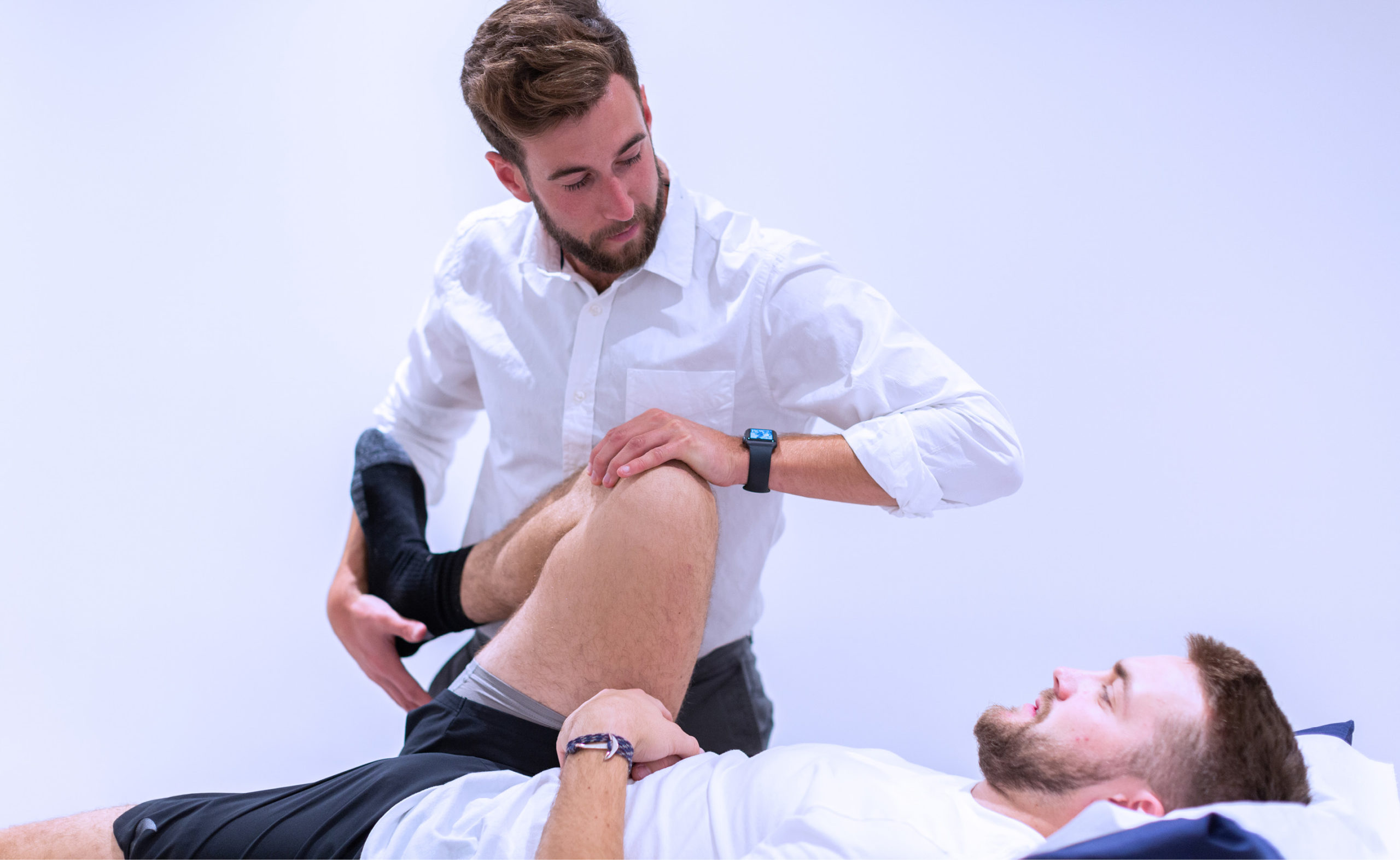
Book an appointment with our team of experts via our website and start your health journey today.


